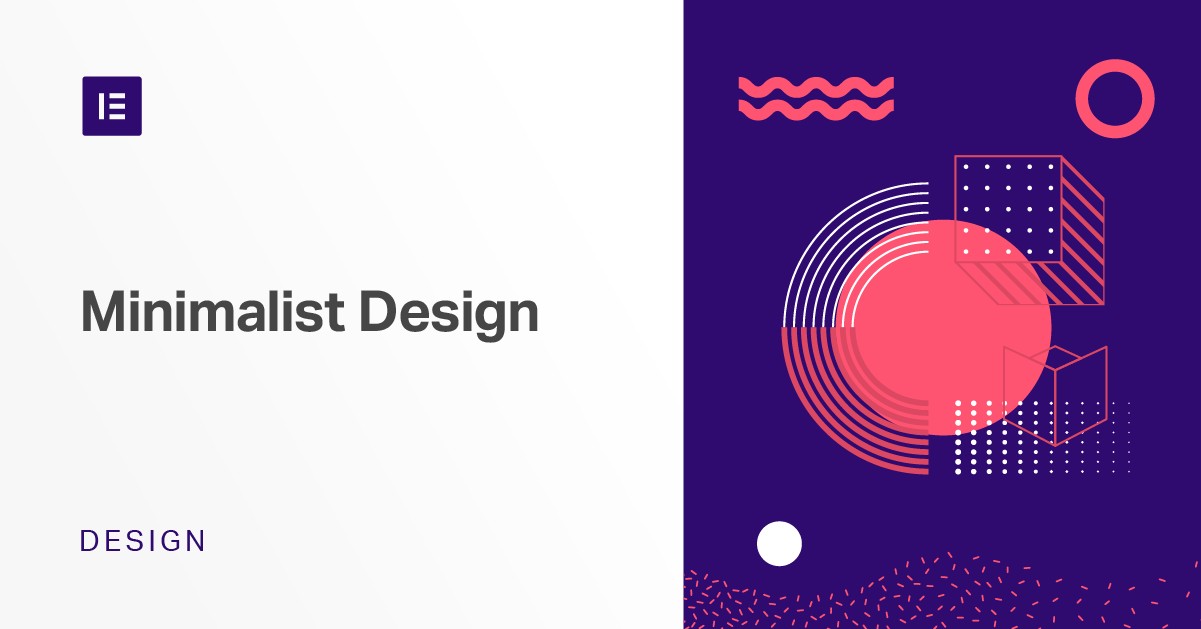Minimalism in web design means simplifying the interface by removing unnecessary elements.
“Less is more” is probably one of the most oft-heard minimalist mottos, whether talking about web design or any other form of minimalism. But what does it really mean in the context of minimalist web design? How does design simplicity express itself on a website?
The Role of Minimalism in Digital Design
- Good aesthetics. Well-designed minimalist products have a modern progressive look.
- Faster-loading times. Minimalist websites and apps feature fewer objects, and thus, load faster.
- Better compatibility between screen sizes. No need to conduct a dramatic redesign to adapt a layout to different screen sizes.
Visual Characteristics of Minimalism
Limited Color Scheme
When designers work on a minimalist website or app, they tend to get the maximum from just a few selected colors (usually, a maximum of three colors used simultaneously). In fact, using only a single color (a monochrome color scheme) is not uncommon.
Dramatic Typography
Directing the user's attention to a message is easier using bold typography. When it comes to font selection, designers tend to limit the number of fonts to one or two font families. It’s always possible to use variations of font size, weight, and style to create the right visual hierarchy.
Flat Textures
Flat design has become a great ally of minimalism in modern digital products. It doesn't employ any of the obvious graphic manipulations (such as highlights, shadows, gradients or other textures) that would make UI elements look glossy or 3-dimensional.
Conclusion
Web designers who approach minimalist design as being easier than other design styles are often surprised at the amount of effort, time, and skill required to create a minimal design website that can achieve its aims in terms of user behavior and experience while maintaining a truly minimalist aesthetic.
